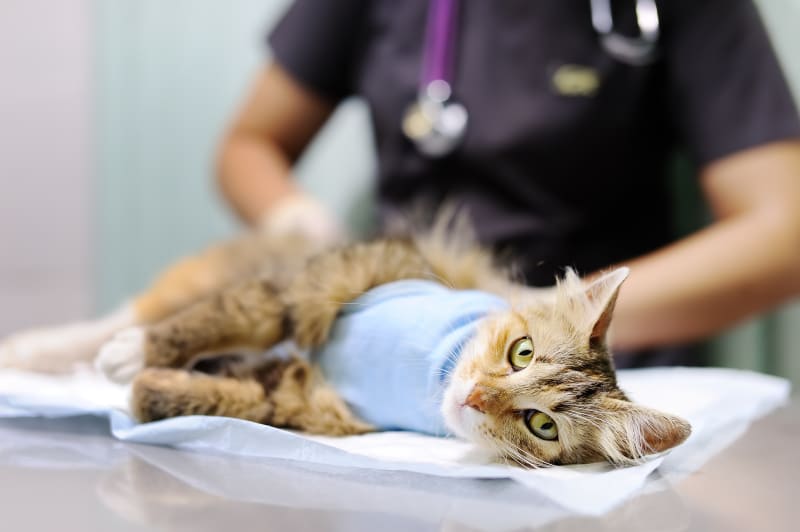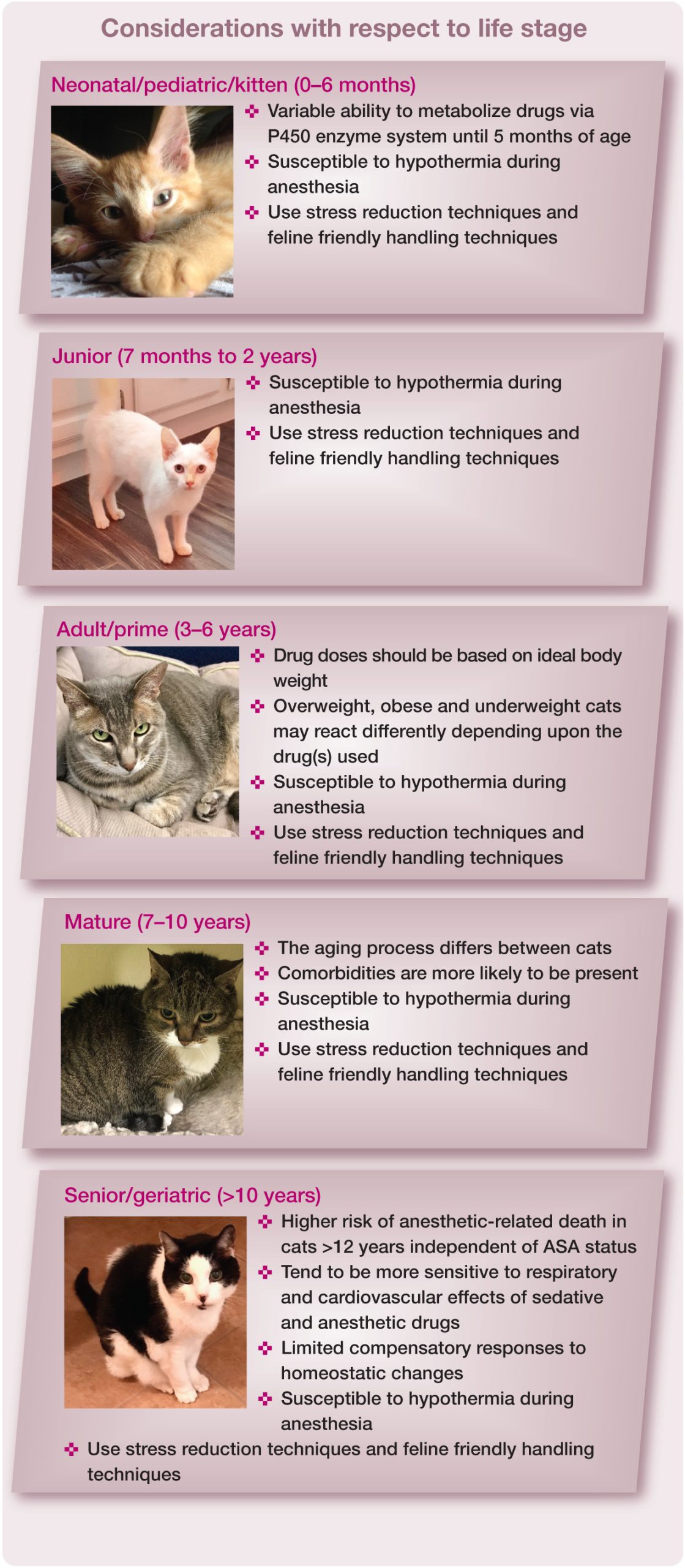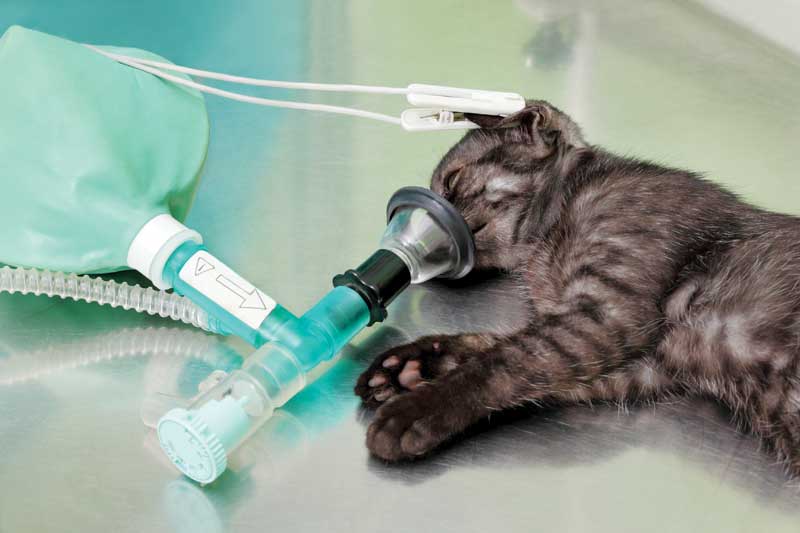The Risks and Considerations of Anesthesia in Cats
Many pet cats undergo anesthesia at least once in their lives—ranging from routine procedures like neutering and teeth cleaning to more complex surgeries such as tissue removal for serious illnesses. Anesthesia is an essential step in these procedures.
Before administering anesthesia to a cat, veterinarians typically require pet owners to sign a waiver that outlines the risks associated with anesthesia procedures. These risks may include heart attacks, strokes, and aspirational pneumonia. The waiver may also emphasize that in case of unforeseen events like suffocation, excessive bleeding, or other complications, the hospital will make every effort to resuscitate the cat. However, if resuscitation is unsuccessful and the cat passes away, the hospital holds no responsibility.
The language in these agreements can seem daunting, causing even the most confident pet owners to feel a subtle sense of anxiety after reading them. It’s only natural for pet parents to worry about the well-being of their feline companions.
So, how significant are the risks associated with general anesthesia in cats? And what measures can we take to minimize these risks as much as possible?

Understanding Anesthesia: Mechanism and Types
To address these questions, let’s first delve into the mechanism of anesthesia. In English, “Anesthesia” means “loss of sensation.”
During the process of general anesthesia, the pathways in the nervous system that transmit pain signals to the brain remain open. However, since the brain is essentially “asleep,” the stimulation of pain signals is significantly weakened, leading to a state where individuals/cats under general anesthesia do not feel pain.
In addition to general anesthesia, there is also local anesthesia, which involves numbing only specific parts of the body, allowing for a loss of sensation in those areas.

The Process of General Anesthesia in Cats
Step One: Cats are often very nervous on the operating table in the hospital. To calm them down, veterinarians typically administer a sedative, putting the cat in a state of alertness but relative calmness.
Step Two: A small dose of anesthesia is injected into the cat, precisely enough to induce unconsciousness. The veterinarian also inserts a catheter into the cat’s leg, allowing for medication adjustments during the surgery.
Step Three: The veterinarian inserts a tube into the cat’s throat, administering oxygen and anesthesia directly into the trachea via a breathing machine. Some hospitals also perform intravenous fluid therapy simultaneously. This helps maintain stable blood pressure, fluid balance, and protects the cat’s kidneys, expediting the recovery process. The advantage of inhalation anesthesia is its quick elimination from the body, allowing for a faster awakening after surgery.
Step Four: Post-surgery awakening involves continuous monitoring by the veterinarian to ensure the cat is breathing normally. Pet owners are usually asked to wait for an additional 20-30 minutes after the cat regains consciousness.

Risks Associated with General Anesthesia in Cats
What are the risks of general anesthesia for cats? To start, statistically, the probability of fatality due to general anesthesia in cats is only 0.24% [1].
Risks associated with anesthesia include: swelling at the injection site, temporary heart and respiratory issues, aspirational pneumonia, organ failure, blindness, thrombosis, seizures, allergic shock, and even death. According to the American Association of Feline Practitioners (AAFP) 2018 guidelines on feline anesthesia, most anesthesia-related deaths occur because the cat’s trachea is blocked, leading to suffocation [2].
Cats undergoing general anesthesia may experience delayed recovery, confusion, restlessness, and other mild symptoms, which veterinarians are generally adept at handling.
Cats with the following diseases or characteristics may have higher anesthesia risks:
- Brachycephalic cats
- Dehydrated cats
- Cats with diabetes
- Cats with heart disease
- Cats with infectious diseases
- Cats with kidney disease
- Cats with liver disease
- Obese cats
- Elderly cats (over 12 years old)
- Underweight cats (less than 4-5 pounds)
It’s essential to note that having the mentioned diseases or characteristics doesn’t mean a cat cannot undergo anesthesia. Instead, extra precautions need to be taken based on their symptoms. For instance, dehydrated cats may receive fluid therapy in advance. Cats with heart disease may have adjustments made to heart disease medications to reduce the strain on the heart.

How to Minimize Anesthesia Risks
Regular Check-ups! Regular Check-ups! Regular Check-ups!
It’s emphasized three times for a reason. Before surgery, provide the veterinarian with a detailed description of your cat’s health to facilitate their initial assessment.
The liver and kidneys play a crucial role in eliminating anesthesia drugs from the body. Their health status can be examined through blood and urine tests. Additionally, the condition of the heart can be assessed with an electrocardiogram.
Strictly enforce an 8-hour fasting period for your cat before surgery. Fasting is crucial because during anesthesia, cats lose the ability to swallow. If there is residual food or a significant amount of liquid in the cat’s stomach, vomiting could lead to these substances entering the lungs, posing a life-threatening risk.

Post-Surgery Care for Your Cat
After returning home, your cat may initially seem a bit lethargic, and its movements may appear unsteady—walking might be a bit wobbly. These are normal occurrences, and typically, your cat will be back to 100% within 1-2 days. Older cats may take a bit longer to fully recover.
At home, pet parents should continuously observe the cat’s mental state and the healing progress of the surgical wound.
In multi-cat households, when one cat returns from the hospital after surgery, changes in its scent may cause the other cats to not “recognize” it, potentially leading to aggression. In such cases, consider the returning cat as the “new” cat in the house. Initially, isolate it in a room, allowing the cats to become familiar with each other’s scents before introducing them.


